Homemade King Cake: a Traditional Recipe with Temperature Tips
In many cultures throughout Europe and North America, the time between Epiphany (the twelfth day of Christmas, also called Twelfth Night) and Lent is one of special meals and feasts. One tradition that spans these cultures is a special cake associated with the arrival of biblical magi. It has many names, but they all translate into something closely resembling the one we’re talking about today: King Cake.
The tradition of king cake in America is most prominent in the deep south, from Mobile down to New Orleans, it being a prominent fixture in mardi gras celebrations. And right now, in mid-February, that tradition suddenly becomes prominent in the minds of food-loving Americans who are looking to borrow a bit of it for themselves.
In this post, we bring you a little about the tradition of king cakes, but even more, we bring you the thermal understanding of what’s going on when you make king cake so that you can have success with this delicious dessert on your first try. Let’s get baking!
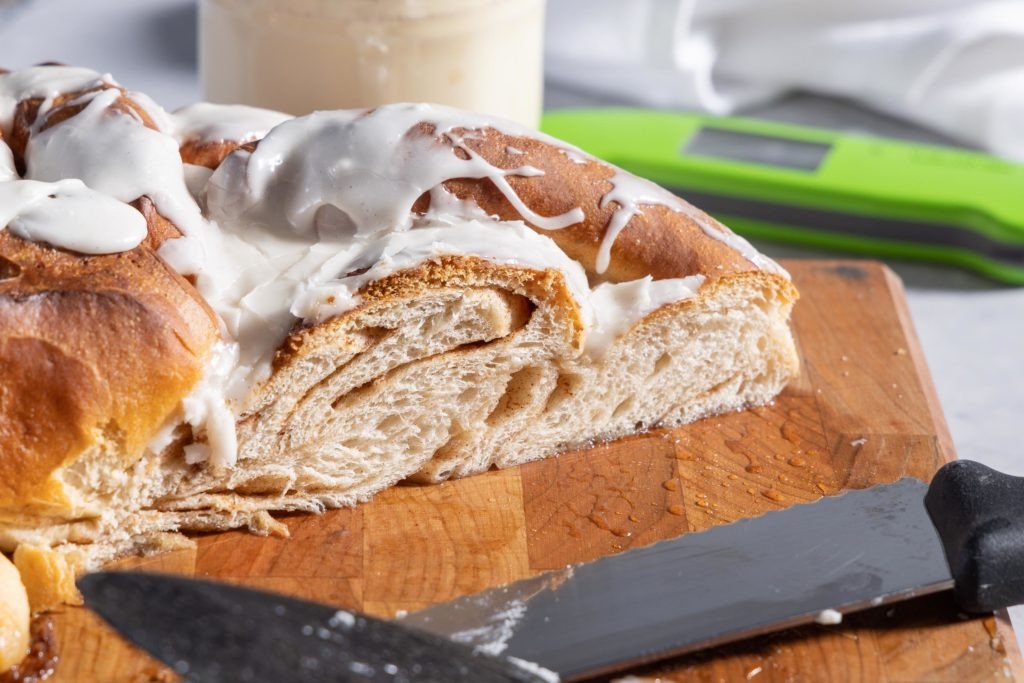
King cake, gallete des rois, roscón de reyes: traditions and types
All the cakes in this category were meant to celebrate the bringing of gifts by the Magi to the infant Christ. The consumption of these cakes begins at Epiphany and ends on the day before Lent begins. They are especially popular in Catholic countries, and that religious connection follows in the States, where the French Catholics who settled in Louisiana brought the tradition with them. (There are several versions from predominantly non-Catholic countries, as well.)
The placing of a bean, almond, token, or, more recently, baby in the cakes predates Christianity, going back to the ancient Romans and their Saturnalia feasts. Though the traditions vary, whoever finds the inclusion in their slice of cake is made king for the day, must host the next party, or must provide the next king cake, etc.
It is fun to follow tradition and put an inclusion in your king cake to find, but we recommend something edible, just in case no one notices that they won!
What a king cake is, is another matter altogether. They may contain dried fruits, nuts or nut pastes, spices, or just about anything else. They can be made with puff pastry, as the French version often is, or with a sweet bread dough, sometimes topped with fruit. the version we present here, most closely associated with French Louisiana, is a rich, soft bread that is in many ways a giant wreath of cinnamon roll.
The association with New Orleans’ mardi gras celebrations has painted (both metaphorically and literally) the cakes green, gold, and purple in the American mind, but that needn’t be the case. By all means, color yours with sprinkles or colored glazes if you like, but as a nod to all the other delicious king cake traditions that don’t use that color scheme, we opted to leave the party colors out.
King cake temperatures
For the very best results, you need to be cognizant of temperature throughout the cook. The yeast is mixed with the flour and spices before adding liquid, so warmer liquid than usual is needed. We heat the milk and butter mixture to about 140–150°F (60–66°C), verified with our Thermapen® ONE, of course, because of its half-degree accuracy and one-second speed. On its own, that hot milk could scald and kill the yeast, but the flour takes up a good deal of that heat as does the lukewarm—85–100°F (28–38°C)—water we add with it. We want a dough that ends up between 85 and 100°F (28 and 38°C) when we start to ferment it.
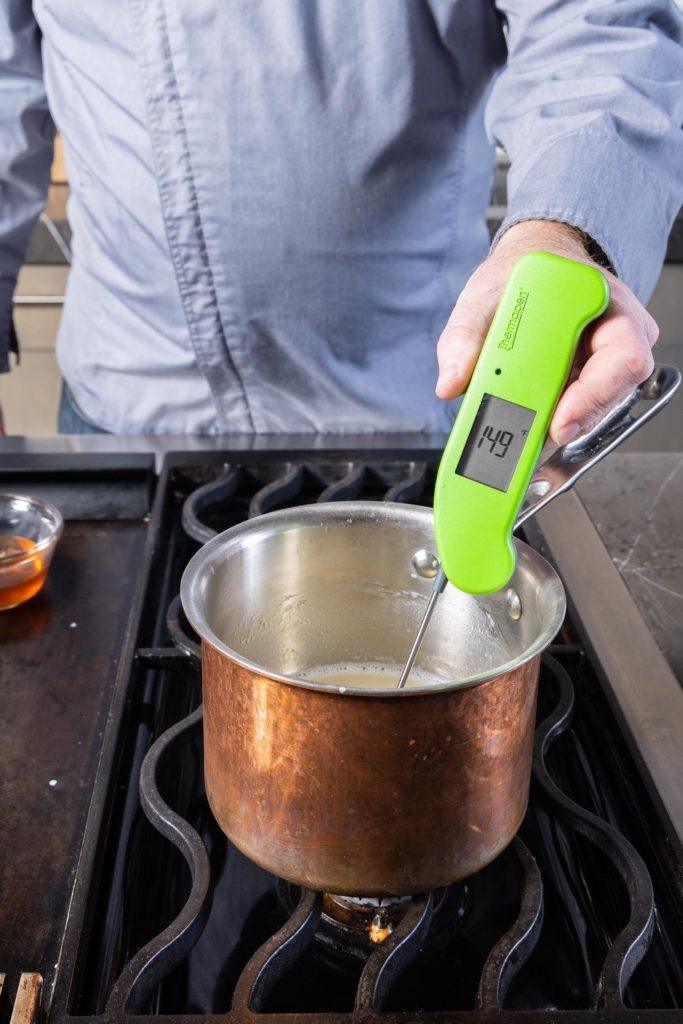
And speaking of fermenting it, we used our oven with its “proof setting” which is usually pretty much ideal. (Though we’ve checked it with our Square DOT® and found that our proof runs a little hot!) It should be between 75 and 85°F (24 and 28°C).
When we bake the cake, an oven temp of 350°F (177°C) is just right—it’s hot enough to give us oven spring and set the dough in place before it can fall down, but not so hot that we scorch it before the inside is done cooking. This is a very rich-dough bread, and enriched breads have doneness temps that are slightly lower than lean dough breads. We’re looking for a doneness temperature of 190–195°F (88–91°C) for this particular cake. It takes about 30–40 minutes to get up to temp, and we recommend starting to temp the ring after about 30 minutes. (Note that pushing the doneness to the high end of that range gives a little crisp on the surface of the cake that is quite lovely when contrasted with the softness of the crumb of the cake, as well as a darker brown color. Choose how you want it for yourself.)
Forming the king cake
This is so fun to build! You roll out the dough until it is a very large rectangle, spread out the filling, then roll it as if you were making cinnamon rolls. But rather than cut it into rolls, you cut it into three long strips, then braid those strips together. You bend that braid back on itself to make a wreath, and tuck the ends in among each other. It’s simply gorgeous!
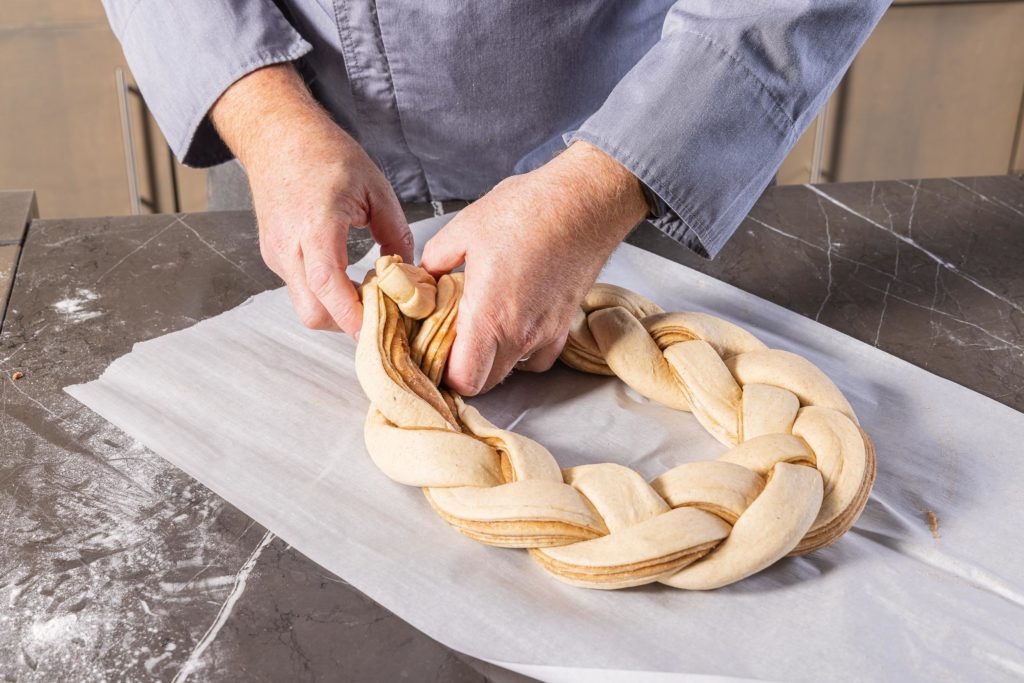
Cooking king cake at home
Whether you come from a culture of king-caking or not, this is a delicious baked good that you should definitely try. And as there is a shortage of good king cake to be had outside a few southern states, it’s really best to cook your own. You’ll end up with a cake that is fresher, cheaper, and, frankly, probably better than any you could order to be shipped to you. Plus it’s fun to cook and a real showstopper on a serving platter! Make one and invite some guests over for dessert and tell when one of them gets the hidden almond, tell them they have to make the next cake, but give them this recipe. You may even lend them your Thermapen…if they’re trustworthy!
Enjoy this one. We certainly did. Happy cooking!
Print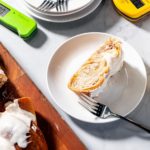
Homemade King Cake Recipe
Description
Adapted from the recipe on Epicurious.com from Kim Dejan.
Ingredients
For the Dough
- 600 g (4¾ C) bread flour
- 2 1/2 tsp instant dry yeast
- 1 1/2 tsp kosher salt (Morton’s)
- 1 1/2 tsp ground cinnamon
- 1/8 tsp ground nutmeg
- 1 C whole milk
- 4 Tbsp butter, cut in pieces
- 1/2 C water, lukewarm
- 1/4 C honey
- 1 large egg, beaten to blend
For the Filling
- 1/2 C granulated sugar
- 1/2 C packed light brown sugar
- 1 1/2 tsp ground cinnamon
- 10 Tbsp butter, room temperature, divided
- 1 almond, raw bean, or other token of finding, optional
Glaze and assembly
- 3 1/2 C powdered sugar, sifted
- 1/2 tsp ground cinnamon
- 1/4–1/3 C whole milk, room temperature
- 1 1/2 Tbsp unsalted butter, melted
- 1 1/2 Tbsp corn syrup
- 1/4 tsp Morton kosher salt
- 1/2 tsp vanilla extract
- Purple, green, and yellow or gold sanding sugar for decorating—optional
Instructions
Make the dough
- Combine flour, salt, yeast, cinnamon, and nutmeg in the bowl of a stand mixer.
- In a small saucepan, heat the milk and butter until the butter is melted and the milk is 140–150°F (60–66°C). Check temps with your Thermapen ONE.
- Add the hot milk, lukewarm water, beaten egg, and honey to the dry ingredients and mix with the dough hook on low speed.
- When the dough is mostly incorporated (no more dry flour), increase the speed of the mixer to medium and knead the dough until it is soft, supple, and can form a “gluten pane.” About 10 minutes. The dough will still be quite sticky.
- Oil a bowl, put the dough in it, and cover with plastic wrap. Set in a place that is between 75 and 85°F (24 and 28°C) and allow to rise until doubled, about 60–120 minutes, depending on temperature.
Form the cake
- Lightly flour your work surface.
- Turn the dough out onto the surface and roll it into a rectangle, about 16 x 26″.
- Make the filling by combining the sugars, cinnamon, and 8 Tbsp of the butter. You can use a mixer for this or just knead it together with your hands.
- Spread the filling out on the dough rectangle, leaving 1″ of margin on all sides. It needn’t be super smooth or even, as it won’t matter once it’s rolled up. Stack the almond or bean somewhere on the surface.
- Roll the rectangle tightly into a log along its long side. Pinch the seam closed. Put a large piece of parchment paper under the log.
- Use a rolling pin to roll out and flatten the log so that it is ~1/2″ thick.
- Use a pizza cutter to cut the log into three long strips. Braid these strips together onto a long braid.
- On the parchment paper, bend the braid into a ring, intertwining the loose ends as you can. Pull the parchment up over the lip of a baking sheet to get the wreath onto the pan.
- Cover loosely with plastic wrap and set to proof until doubled in size, about an hour. Near the end of the time, preheat your oven to 350°F (177°C).
Bake the cake and glaze it
- When the cake has proofed, melt the remaining 2 tbsp butter from the filling ingredients and brush it onto the surface of the cake.
- Bake the cake for 30–40 minutes.
- While baking, prepare the glaze by whisking all glaze ingredients together in a bowl. It should be a little thinner than brownie batter. You can adjust the consistency as you like, from pourable to spreadable.
- Check the cake temperature starting at 30 minutes of baking. The doneness temperature is 190–195°F (88–91°C). When it has reached that temp, remove it from the oven.
- Transfer the cake to a serving board or platter large enough to hold it. We pulled the parchment onto the cutting board, then had someone pull the paper out from under while a second person held the cake still with some spatulas.
- Glaze the cake while it’s still warm.
- Serve!
Notes
You could use less glaze than this and be fine. We’ve even considered leaving the glaze off entirely and brushing it with sugar syrup before and after baking to give it a nice sheen. Be creative with it!
Shop now for products used in this post:


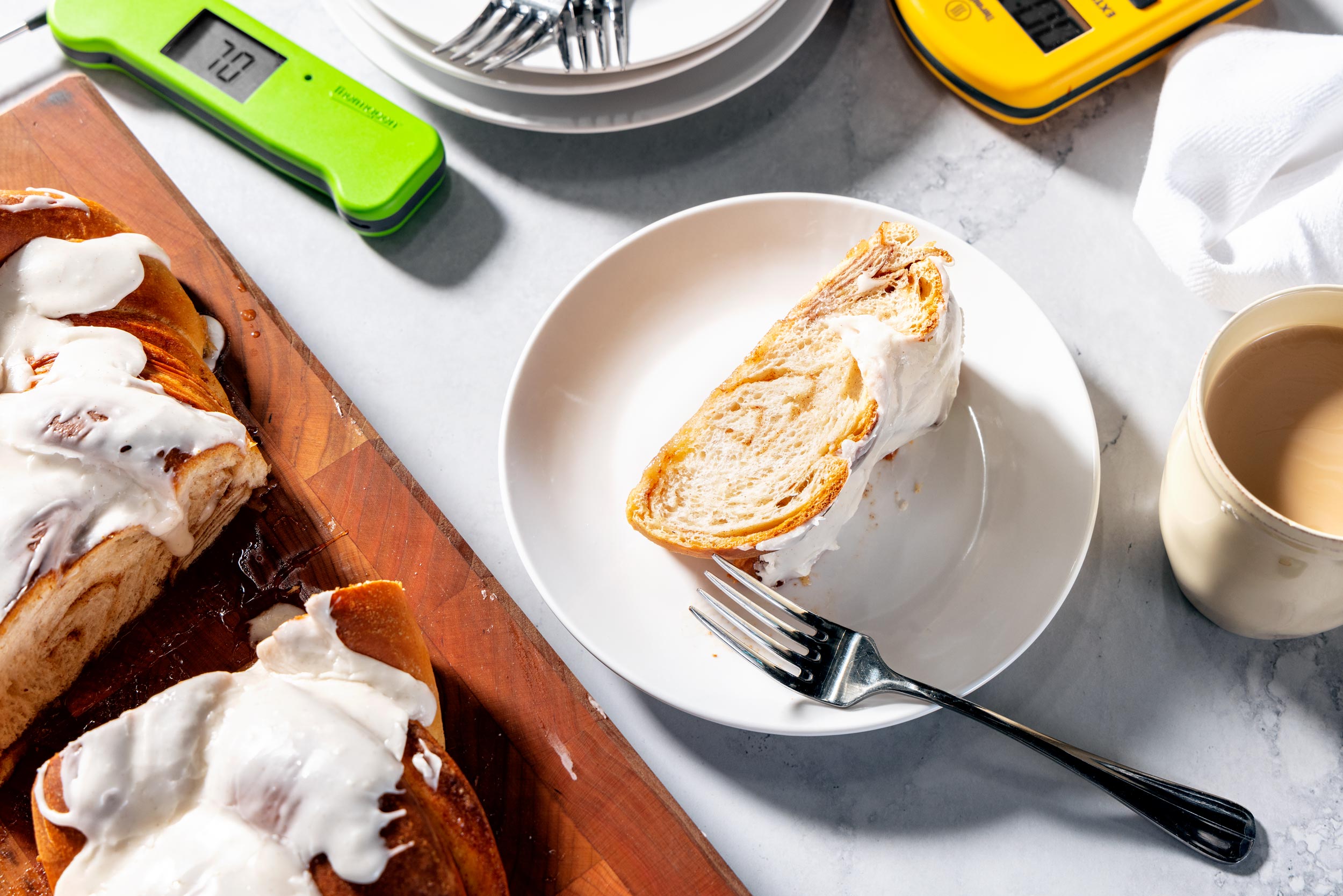
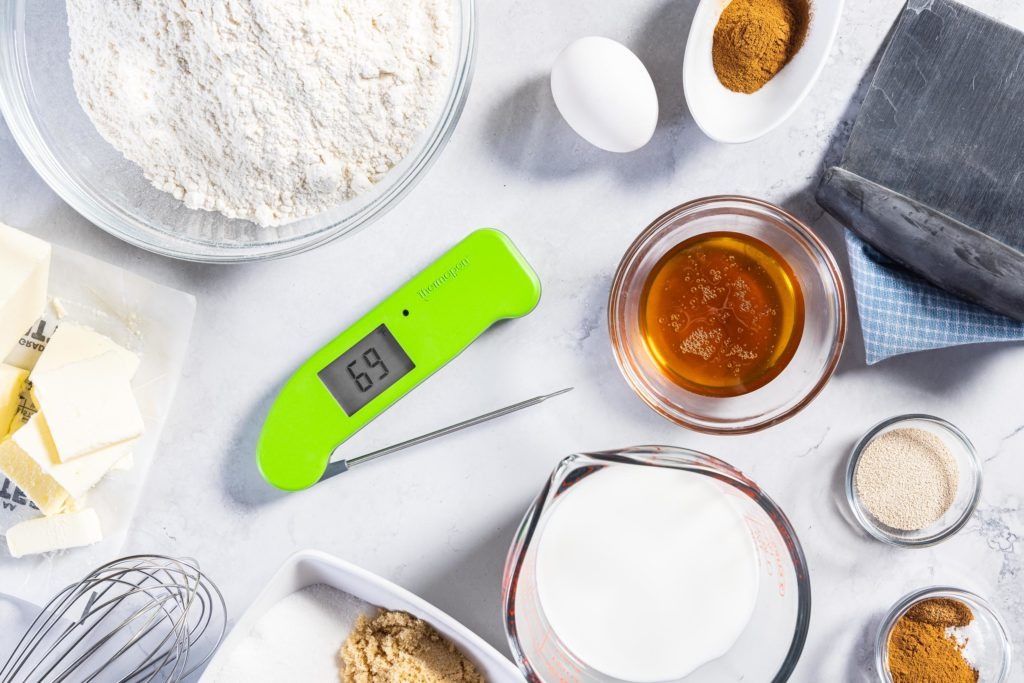
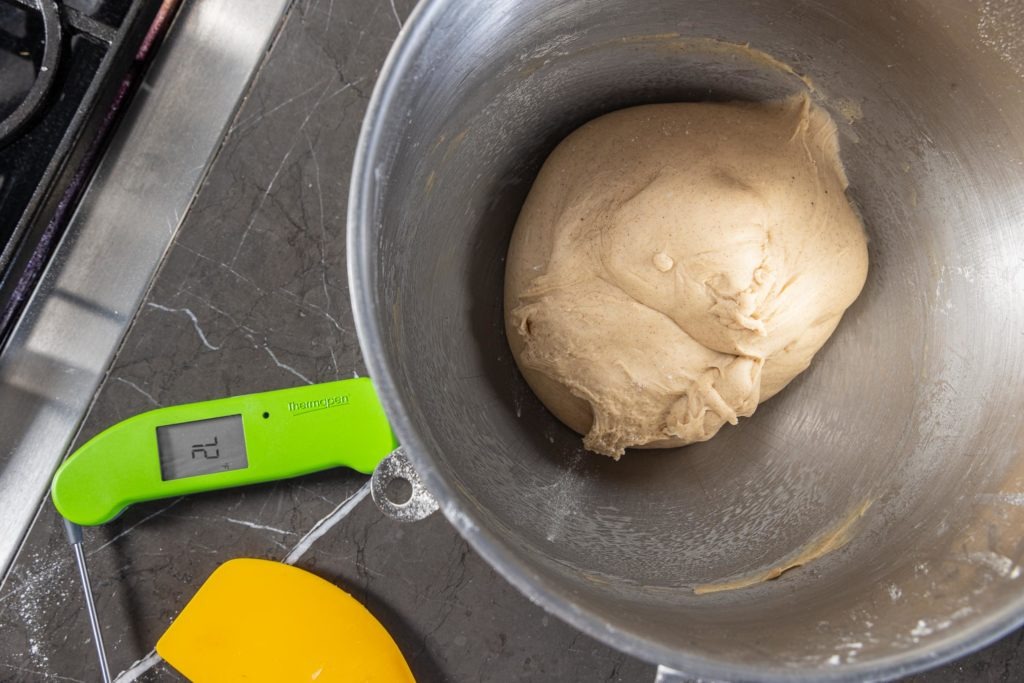
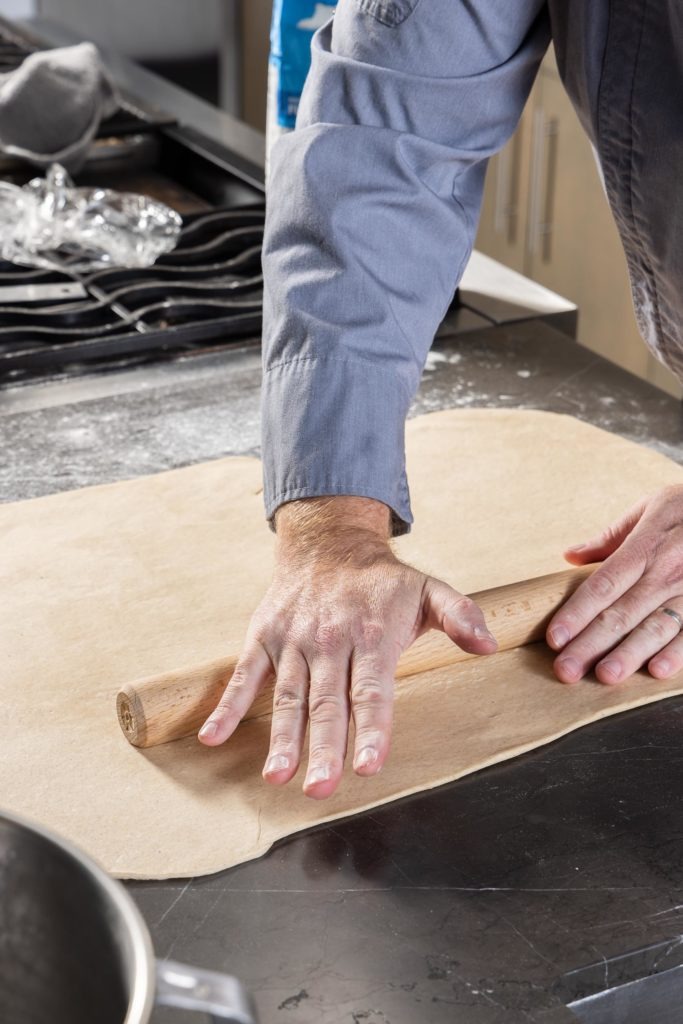
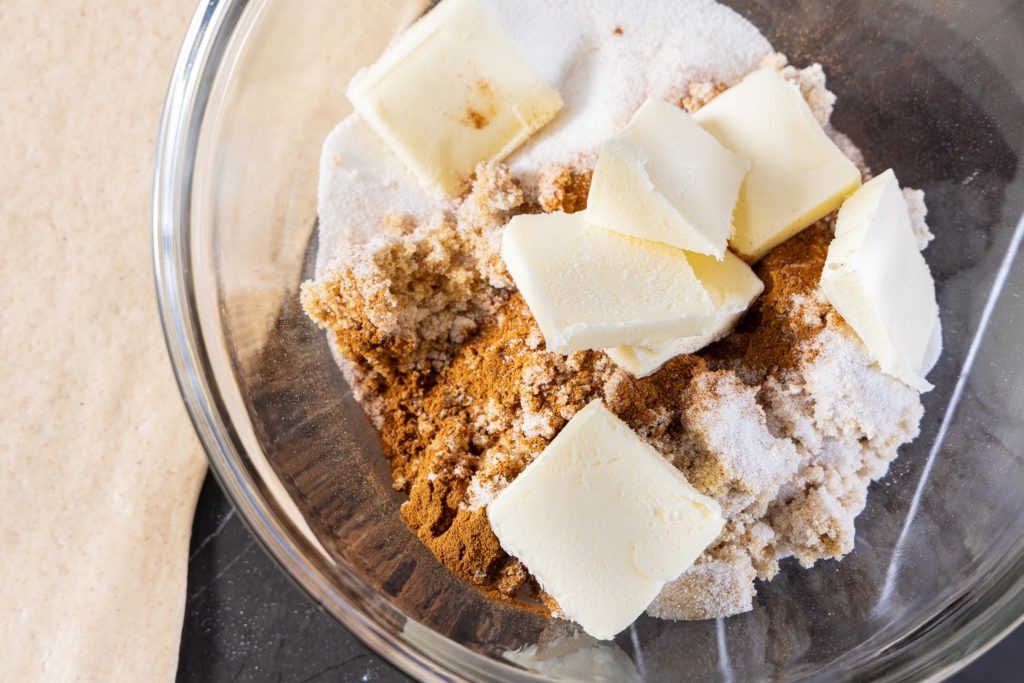
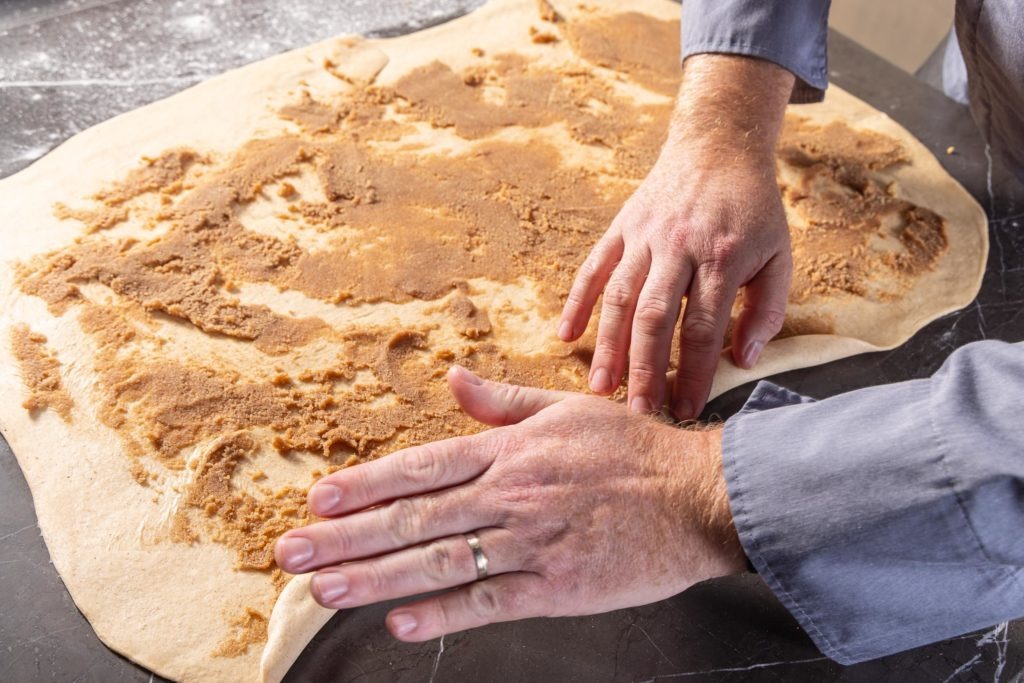
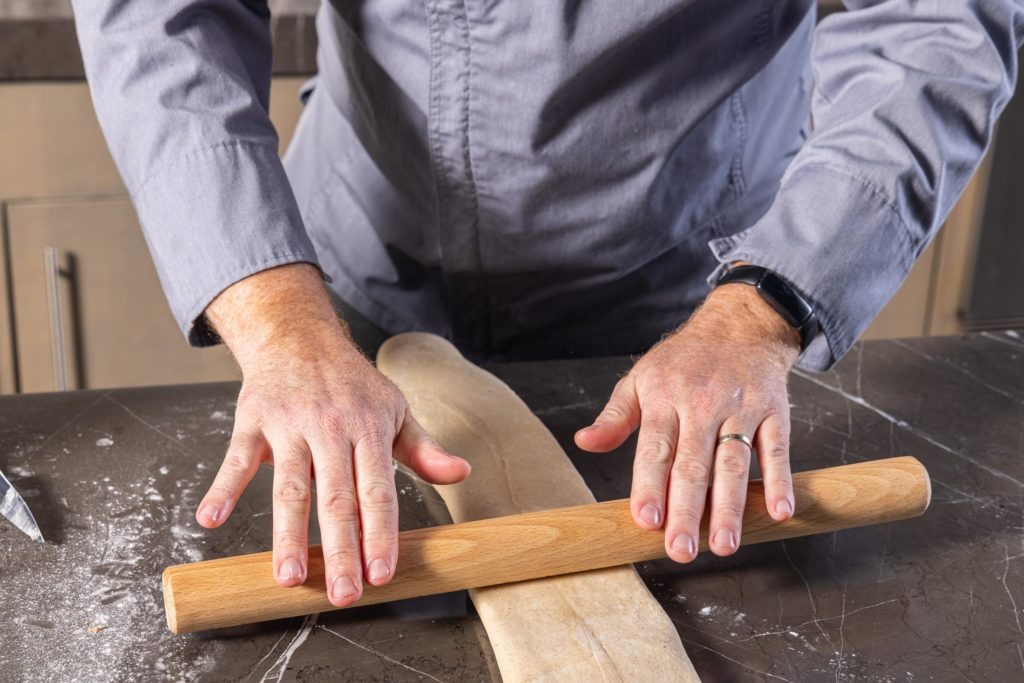
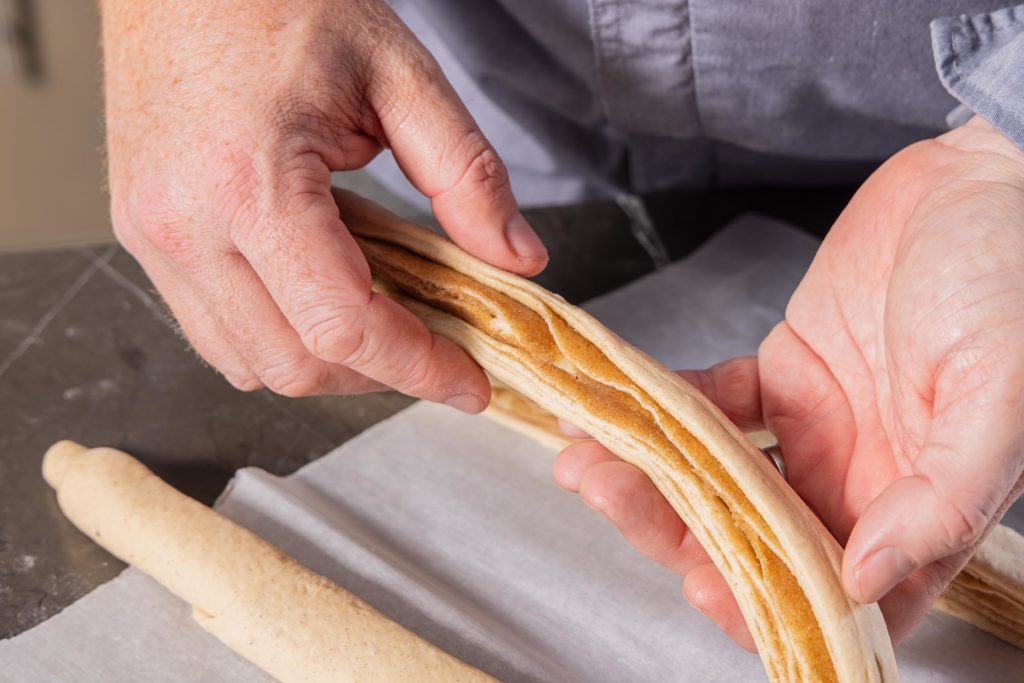
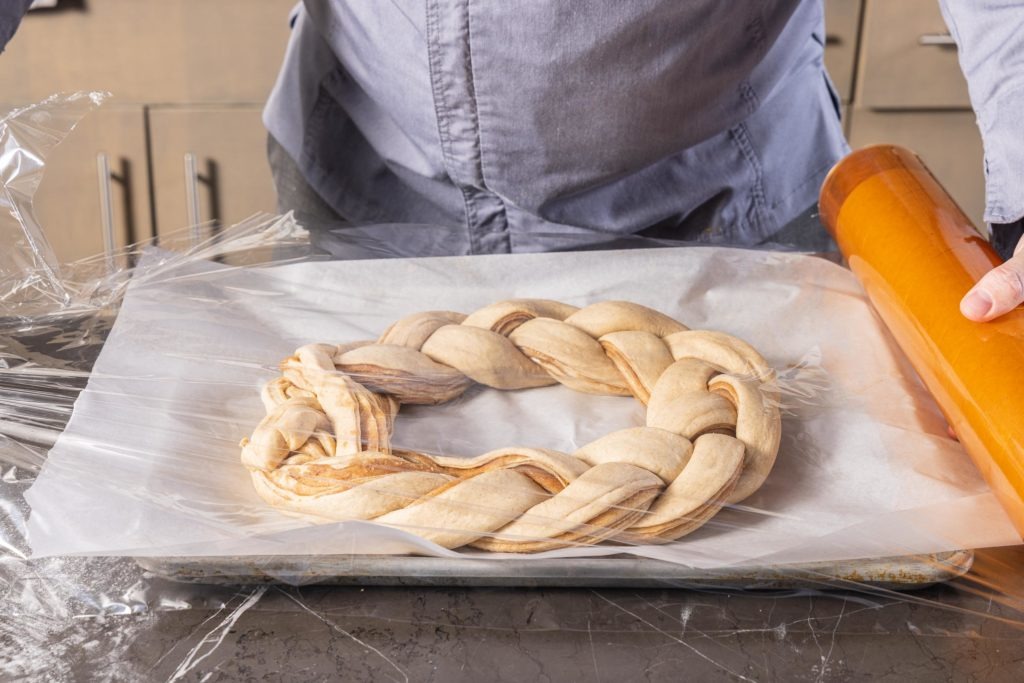
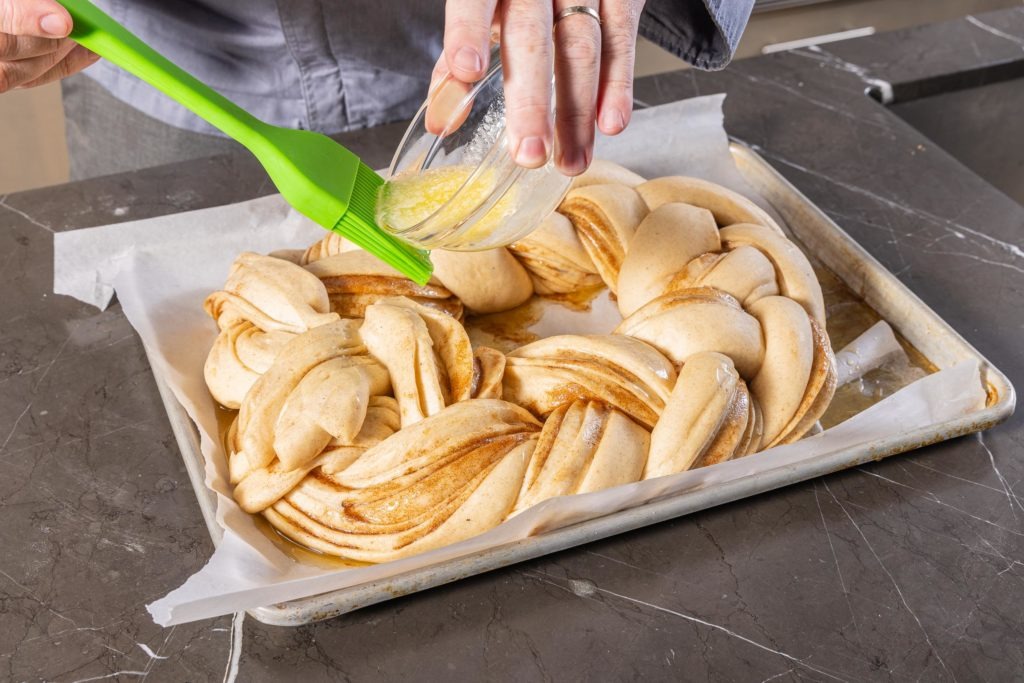
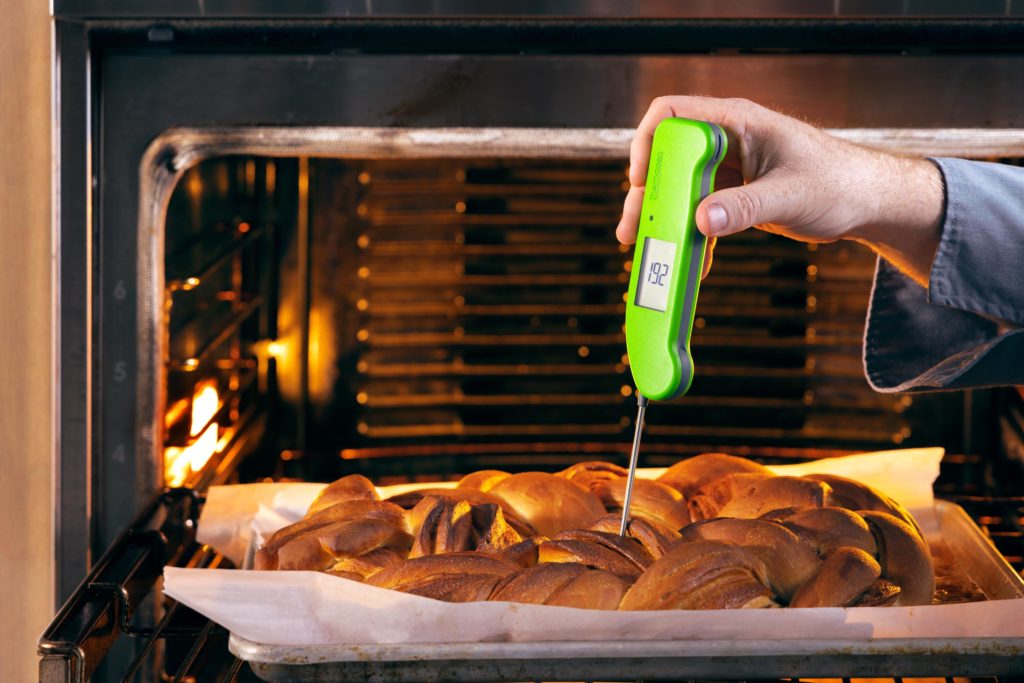
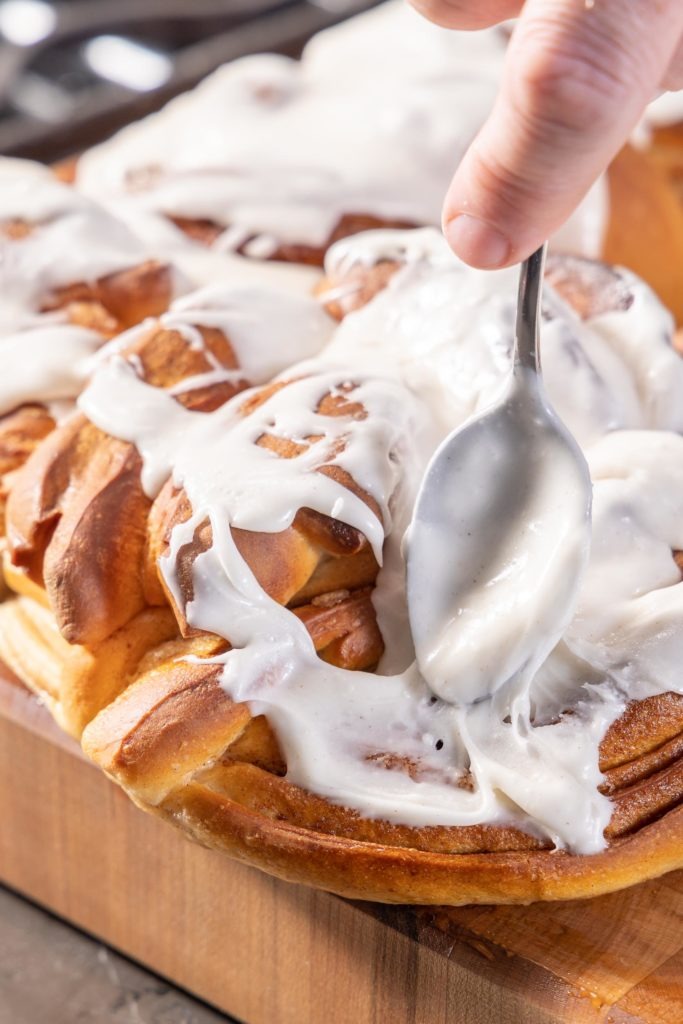

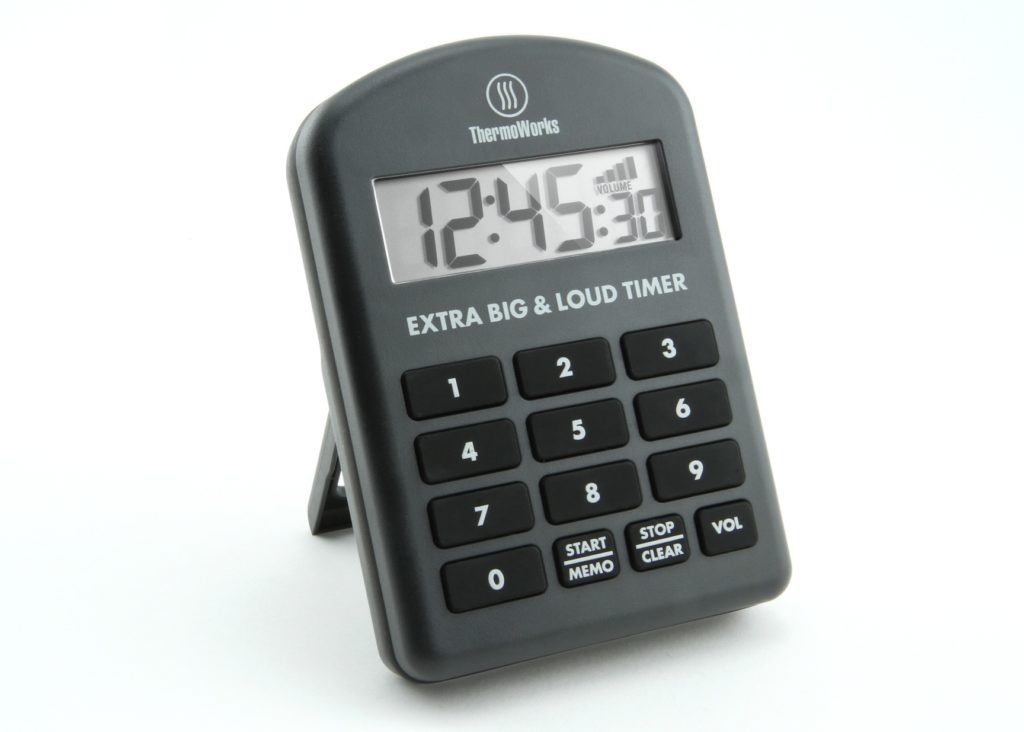
Impressive